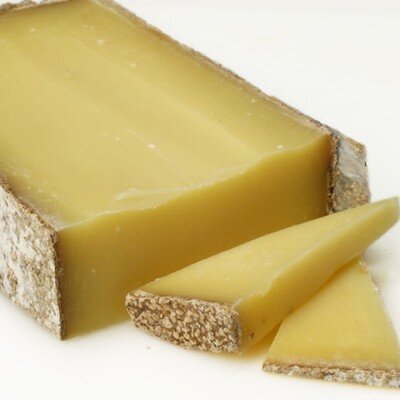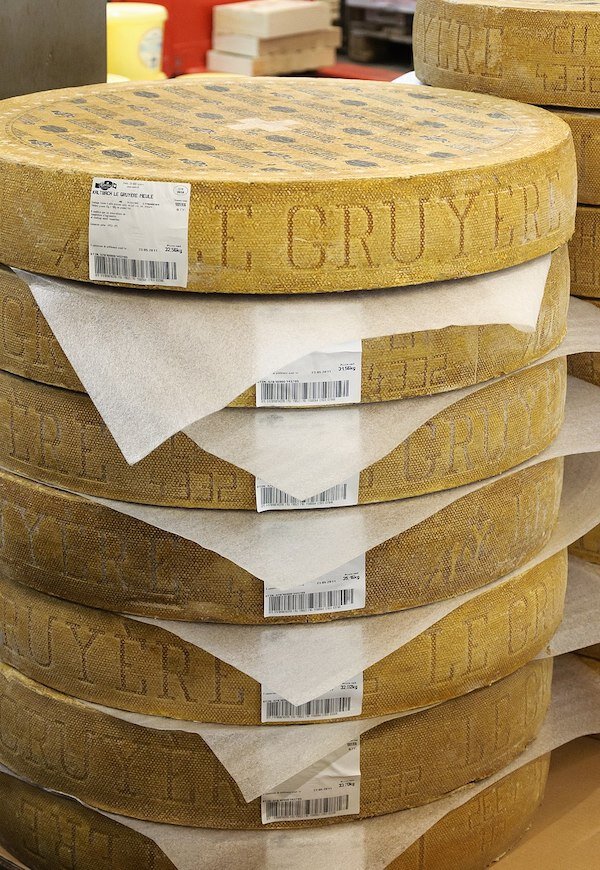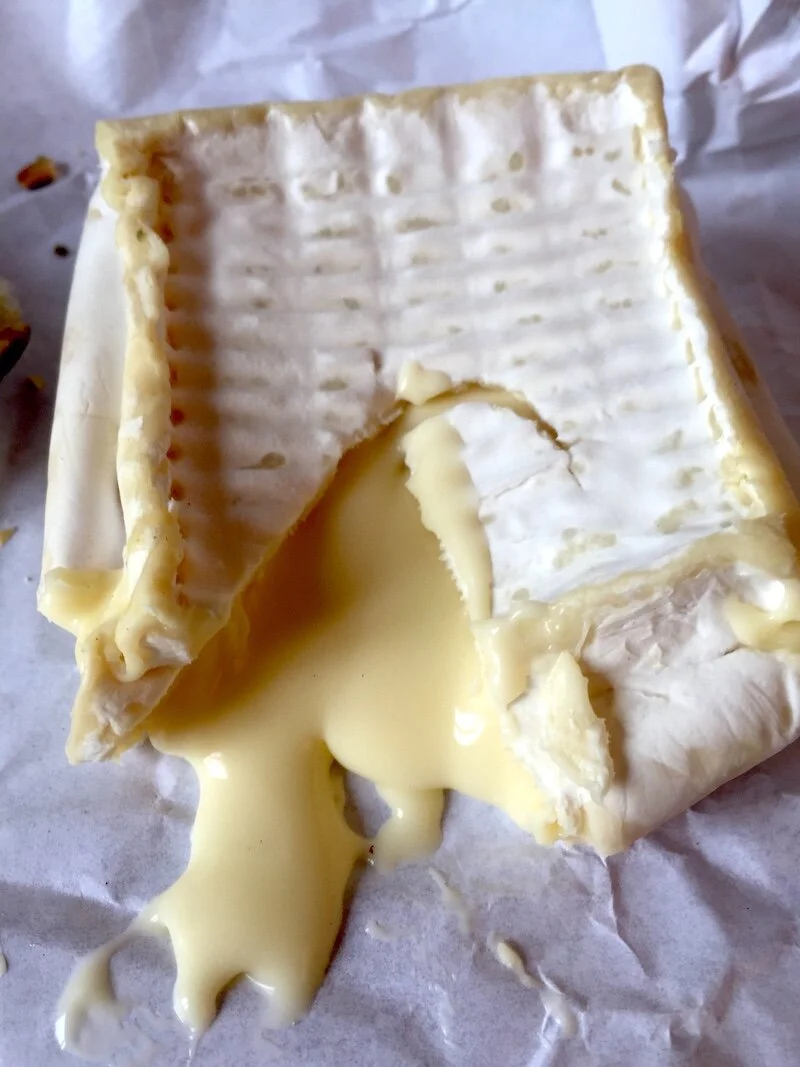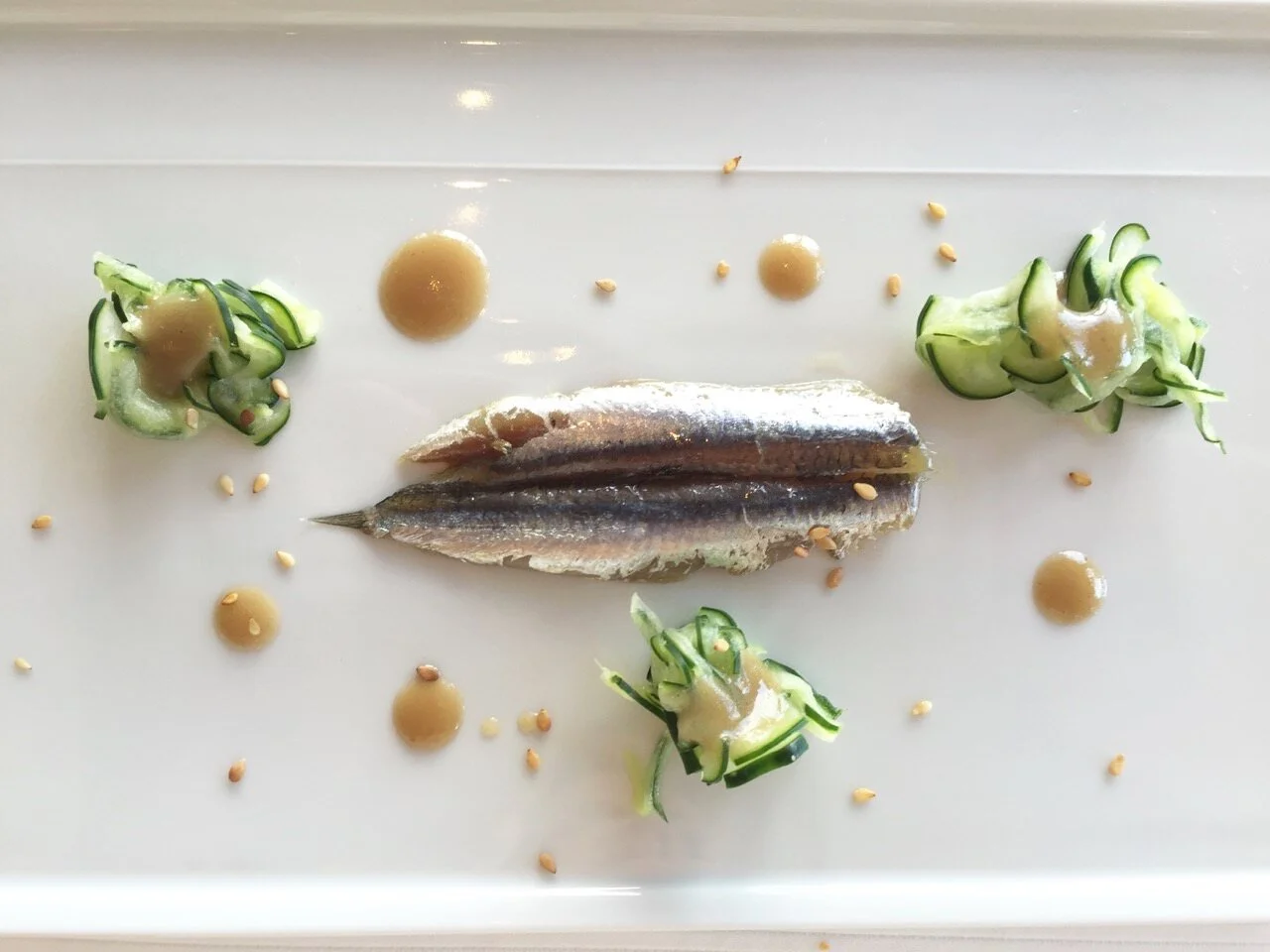Photo: igourmet.com
World Cheese Encyclopedia - Each Sunday learn all about a new cheese.
This week Gruyère from Switzerland.
Photo: Myrabella : Wikimedia Commons : CC
Country: Switzerland 🇨🇭
Region: Canton of Fribourg
Made from: Cow’s milk
Pasteurised: No
Texture: Firm
Taste: Nutty, fruity
Certification: AOC, AOP
Ageing: 5 – 24 months
This week we are talking about Swiss Gruyère, one of which recently won the 2020 World Champion Cheese Award: Gourmino Le Gruyère AOP from Bern, Switzerland, made by Michael Spycher of Mountain Dairy Fritzenhaus for Gourmino AG.
Gruyère is a nutty, fruity raw cow's milk cheese, aged for at least five months and up to even 2 years. It is named for the town in Switzerland - Gruyères - where it originated. Gruyère is a cheese that melts exceptionally well which is why it is one of the two main cheeses used in traditional Swiss fondue. The other one generally used being Emmental. Gruyère is also a great cheeseas part of a cheeseboard and eaten as slices.
Gruyère cheese is firm with a relatively thick rind that should not be eaten. Inside it is a pale yellow color with a few small eyes or holes scattered through the paste. The taste is rich and creamy, a little fruity and slightly nutty .
Photo: La Maison du Guryère
There are different types of Gruyère AOP sold according to the length of maturation. Classic Gruyère is aged between 6 and 9 months. From 10 months of maturation the cheese is sold as Gruyère AOP Réserve and has a more full-flavored taste.
Some wheels can be matured up to even 2 years and the flavors continue to become more intense. Some will be matured up to 18, or even 24 months for lovers of strong sensations. Gruyère d’Alpage is only produced during the summer months when the herds are up in the alps.
History
The village of Gruyères, Switzerland, where the cheese originated is in the foothills of the alps and is blessed with lush vegetation. The region of Gruyère has been known for its cheese production since at least the 12th century. Cheese production in the area was mentioned in Medieval chronicles and cheese from the area is said to have been sold into France and Italy during this time. In 161 AD Emperor Antonin the Pious is said to have died of indigestion after eating too much Gruyère.
Photo: tastae.ch
In the 18th and 19th centuries production of Gruyère cheese spread to the cantons of Vaud, Neuchâtel and Jura, as well as to neighboring France. In 2001 Swiss Gruyère Cheese received AOC Appellation d'Origine Contrôlée, or "Controlled Designation of Origin" certification, which regulates the methods of locations of production. In 2011, it received the Protected Designation of Origin (AOP) for all of Europe.
How to enjoy it
As mentioned above, Swiss Gruyère Cheese is perfect for melting and therefore almost always used in fondues. It is also excellent in quiches, chicken cordon bleu and as the topping for French Onion Soup. It is a real all-round cheese that is equally delicious eaten straight or with a little crusty bread. Try Gruyère with a white wine that compliments its rich nutty flavor such as a Pinot Gris or with a red Merlot.
Sources: Wikipedia, igourmet.com, The Spruce Eats, lamaisonduguryere.ch, Tastae.ch, Gruyère.com
Have you always dreamed of becoming a better cook? Now you can with our online video cooking classes
































